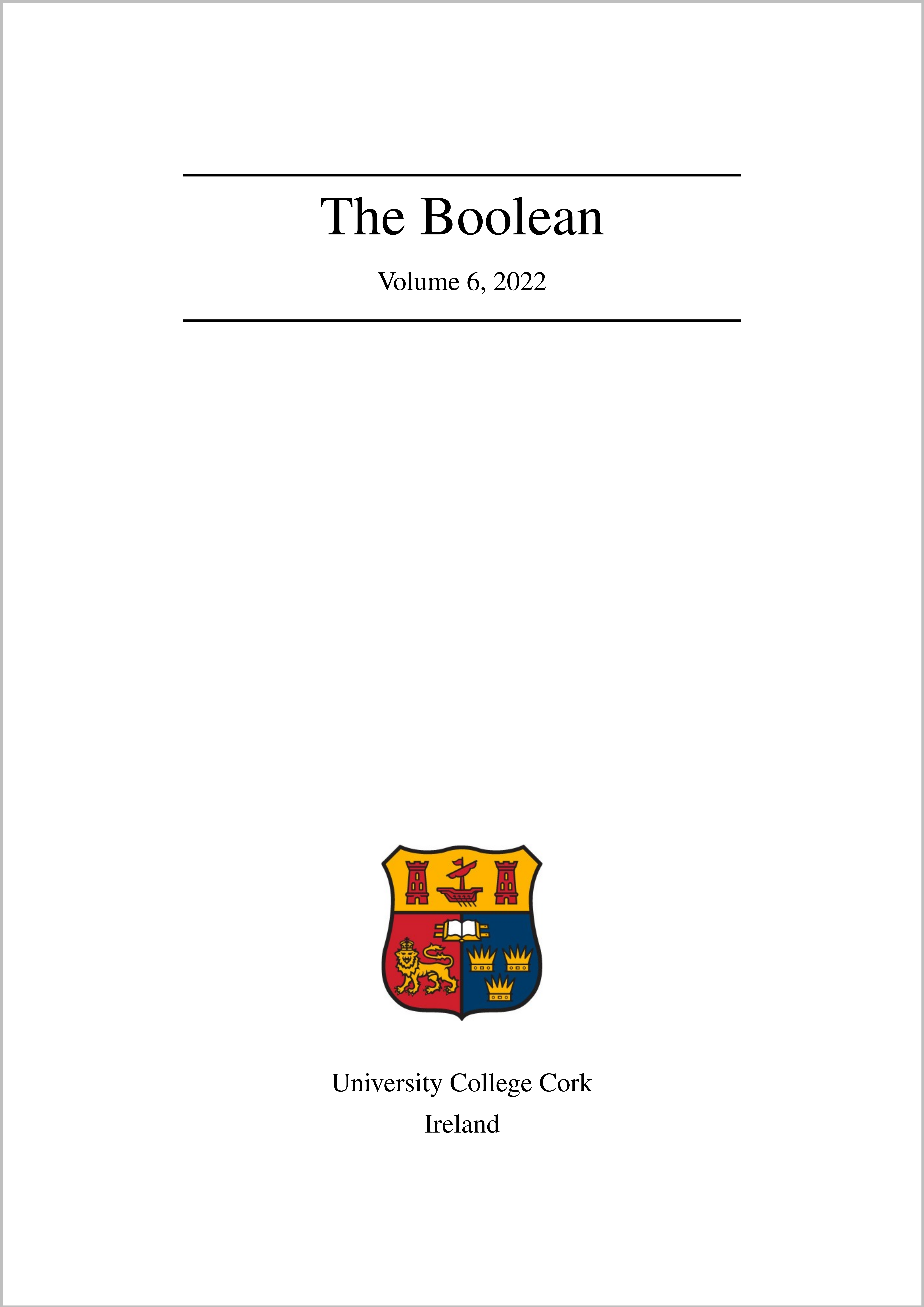Ionic Transistor – A New Generation Memory Device
DOI:
https://doi.org/10.33178/boolean.2022.1.35Keywords:
Artificial Intelligence, Neuromorphic Computation, MOS transistor or capacitor, multi-level, non-volatileAbstract
We have come a long way since Alan Tuning first proposed the Artificial Intelligence (AI) in modern computers in 1950s enabling them to response like a human brain under certain conditions. But in order to perform various machine-learning operations such as image or speech recognition, huge datasets need to be processed leading to massive power consumption. Hence for the practical implementation and progress of AI with energy efficiency there is a pressing need of new class of memory devices which can mimic the performance of human brain at equivalent low energy. The focus of my PhD project is to develop such memory element by controlled incorporation of metal ions into the insulating layer in Metal Oxide Semiconductor (MOS) transistor which can be an innovative solution for muti-level (Analog; for reference, Binary system represents two levels), non-volatile (stored data retained even after power is off), Neuromorphic (mimics human brain response) memory device. Here I have reported controlled incorporation of lithium ions in an additional deposited insulating polymer layer in a metal-oxide-semiconductor capacitor and have shown that lithium ions motion in this layer can be controlled externally which enables it to modify the conductivity of the device, overall making it a promising candidate for the new generation memory element. Successfully integrating this with present silicon-based integrated circuits can lead to a breakthrough in AI in the future.
References
Daniele Garbin. A variability study of PCM and OxRAM technologies for use as synapses in neuromorphic systems. PhD thesis, Universite Grenoble Alpes, 2015.
Daniele Ielmini and Stefano Ambrogio. Emerging neuromorphic devices. Nanotechnology, 31(9):092001, 2019.
Jianshi Tang, Douglas Bishop, Seyoung Kim, Matt Copel, Tayfun Gokmen, Teodor Todorov, SangHoon Shin, Ko-Tao Lee, Paul Solomon, Kevin Chan, et al. ECRAM as scalable synaptic cell for high-speed, low-power neuromorphic computing. In 2018 IEEE International Electron Devices Meeting (IEDM), pages 13–1. IEEE, 2018.
Kapooht Own Work. A von Neumann architecture scheme. CC BY-SA 3.0 https://commons. wikimedia.org/w/index.php?curid=25789639.
Downloads
Published
Issue
Section
License
Copyright (c) 2022 Debarati Podder

This work is licensed under a Creative Commons Attribution-NonCommercial-NoDerivatives 4.0 International License.



